NASA Catches The Sun in a Big Smiley Face Made of Wind (LOOK)
Just in time for Halloween, NASA released a photo of the sun "smiling" after capturing the cheery image at the Solar Dynamics Observatory.
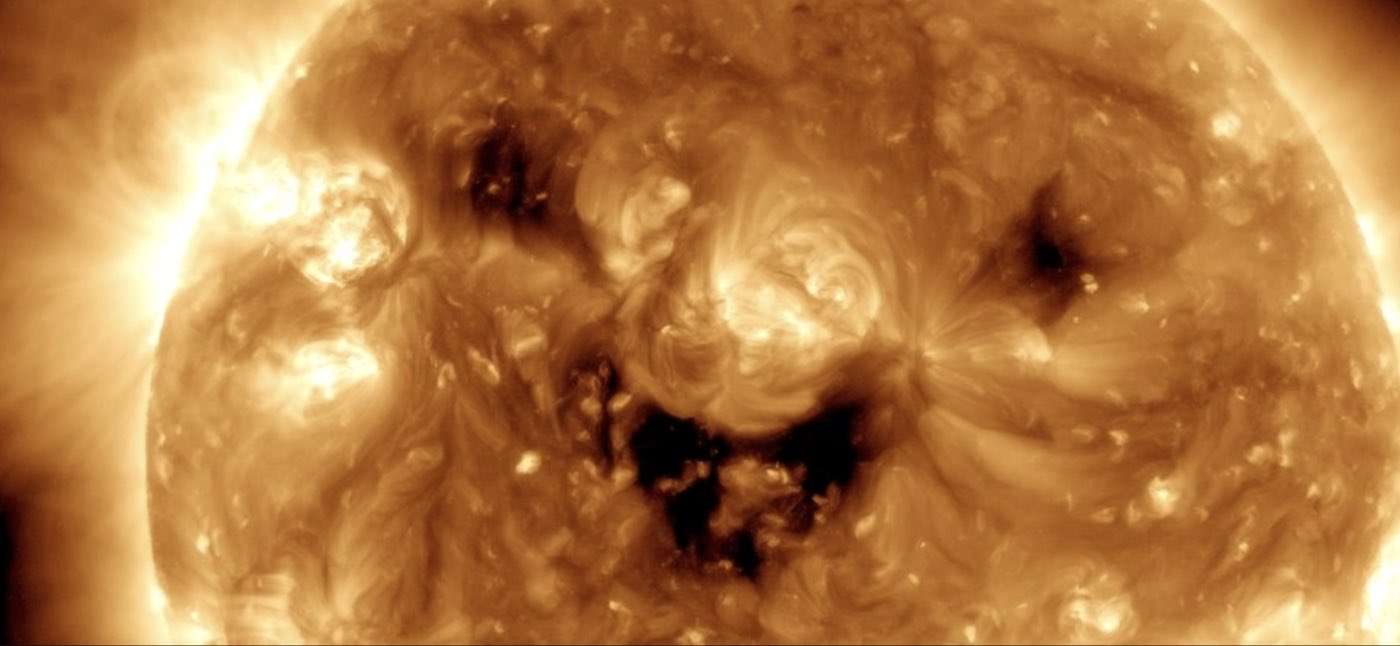
Just in time for Halloween, NASA released a photo of the sun "smiling" after capturing the cheery image at the Solar Dynamics Observatory.
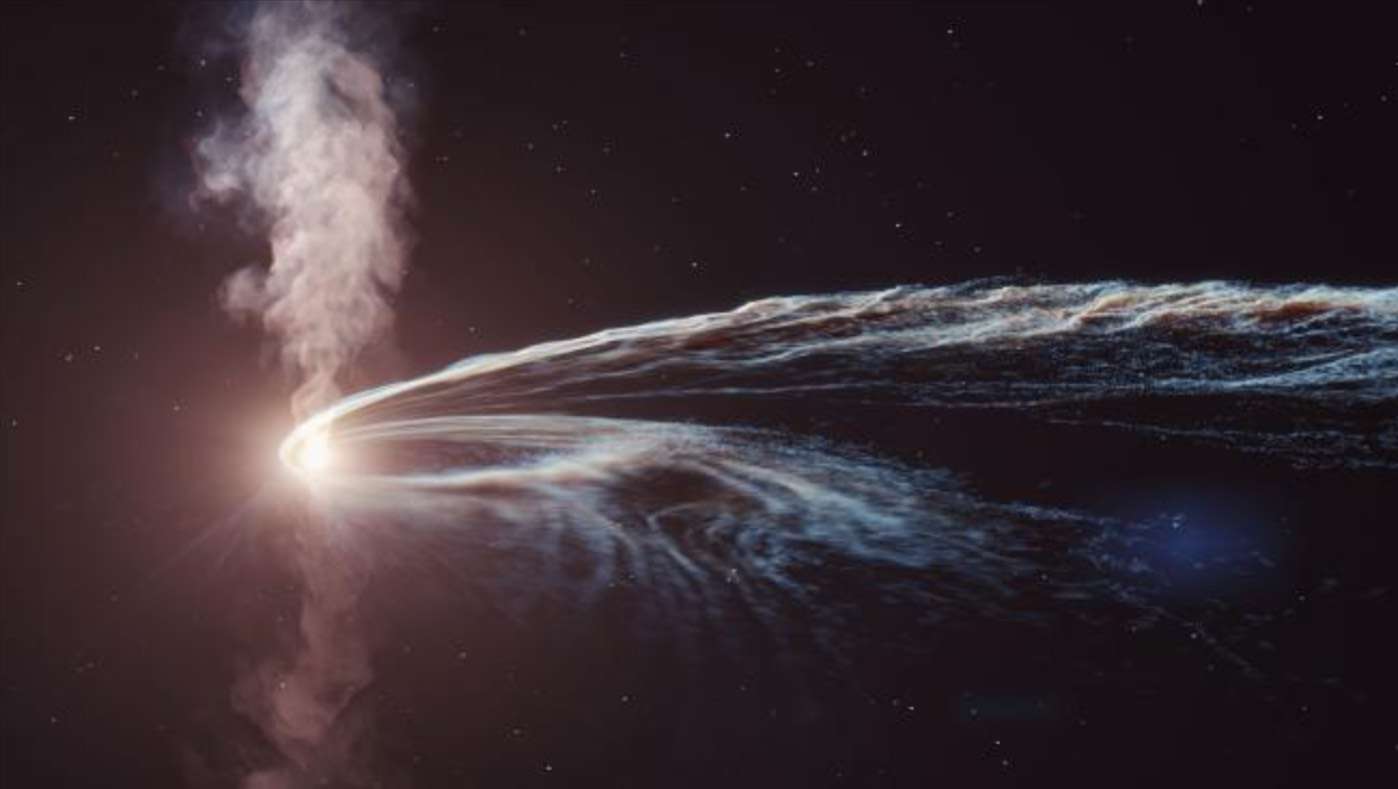
As a star nears a black hole, gravitational forces begin to stretch, or spaghettify, the star, but this time it was different.
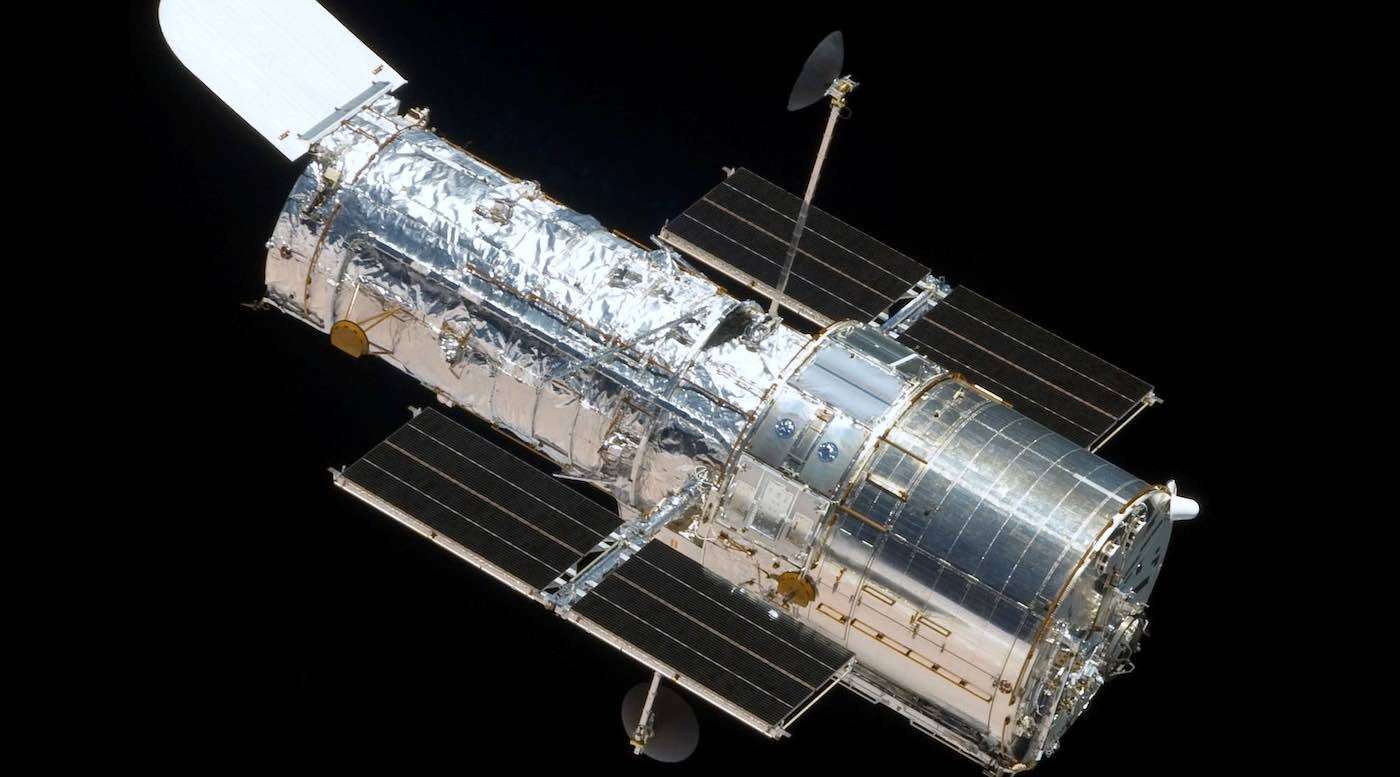
Hubble has been dazzling Earthlings for decades, and can still contribute valuable science while its new big brother Webb is busy.
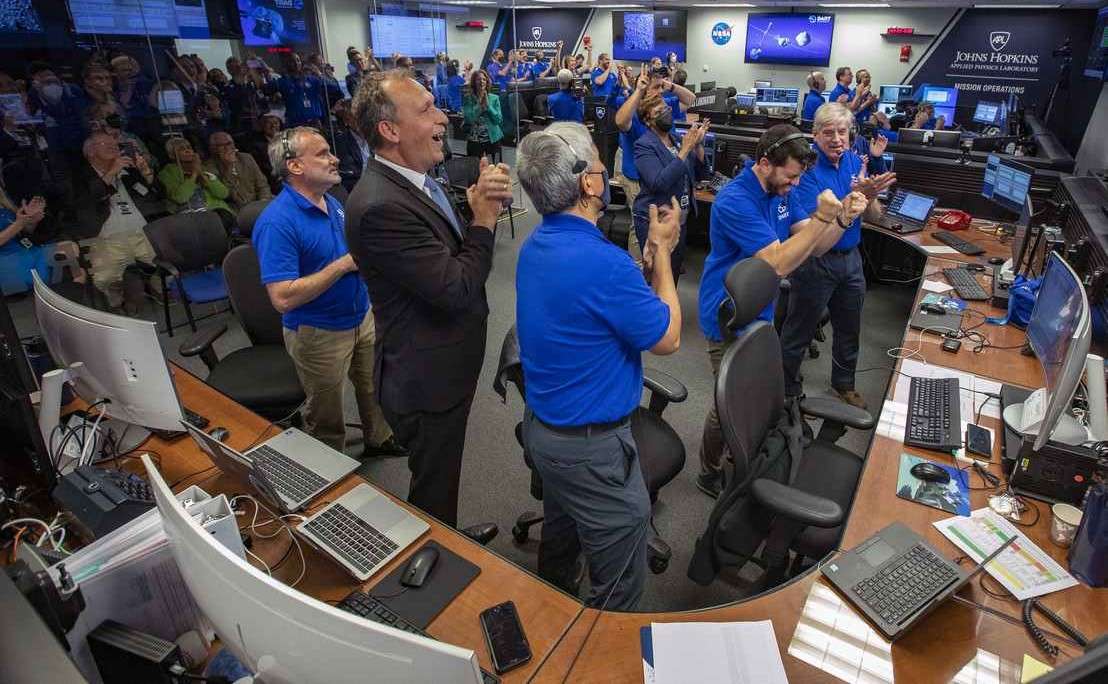
DART was humanity's first real-world test to see if we could alter the path of an asteroid if one were found that would strike the Earth.
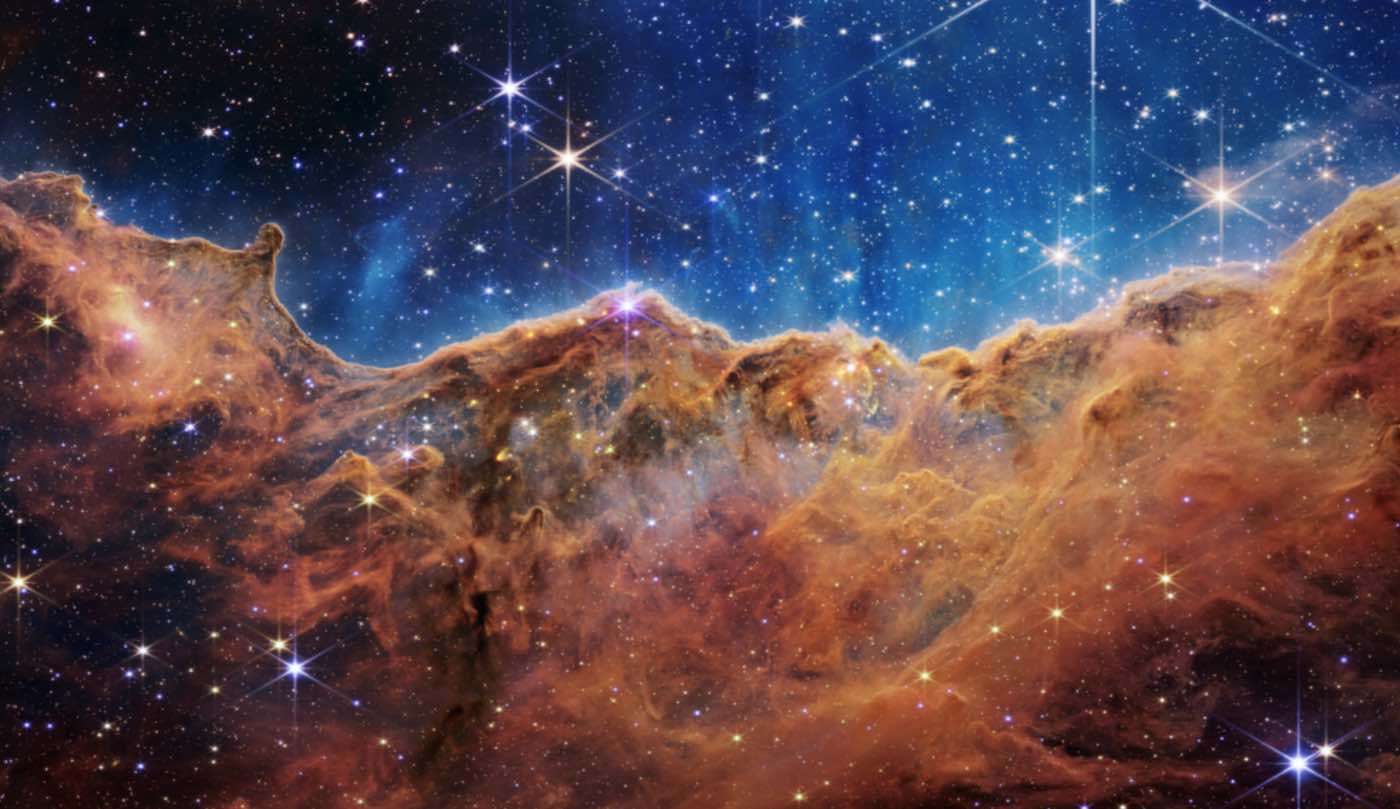
It's finally here-the first images from the James Webb Space Telescope have proven worth it after a 30 year wait.
Saturn's rings and tilt could be the product of an ancient, missing moon that smashed to bits to form Saturn's rings.
We could 3D-print tools on Mars made from the planet itself—and that could change the future of space travel, according to engineers.
A new study suggests that many more planets may have large amounts of water than previously thought-as much as half water and half rock.
Sustaining a human presence on Mars would require breathable oxygen, which is obviously too much of a burden to transport in spacecraft.
For all the grief carbon dioxide gets down here on Earth, its detection in the atmosphere of an exoplanet has scientists elated.
NASA is launching the Lucy Mission which will travel to the Trojan Asteroids hoping to uncover the earliest histories of our solar system.
All five "nucleobases" have been found in asteroids, which when combined with sugar and phosphate, can create genetic code.
The trail was so unusual that scientists originally dismissed it as the result of a malfunction, but follow-up spectroscopic observations it.
A booklet used on the Moon is up for auction—the mission checklist worn by NASA astronaut Gene Cernan that is still covered in moon dust.
An astronomer discovered that Saturn's rings are changing the atmosphere-something that's never been seen before in our solar system.
NASA astronaut Josh Cassada snapped a jaw-dropping picture of last week's aurora borealis from space aboard the ISS.
This cool animation shows how the gravity of intervening galaxy clusters and dark matter can lens the light from farther objects.
Always keen to anthropomorphize their robots, NASA put out a social media post of one of their Mars rovers coming upon an exciting discovery.
Now, you don't need any imagination to picture life on Mars after NASA scientists spotted what looks like a bear on the Red Planet.
Astronomers using NASA's Hubble Space Telescope have recorded a star's final moments in detail, as it gets gobbled up by a black hole.
Recent Stories
A Heartfelt Reminder to Appreciate the Ones We Love
Cherish the Woman Who Stands by You
Breaking Generational Cycles of Pain
Living by Your Own Values, Not Others' Approval
When Life Brings Rain, It’s Okay to Rest
Before You Judge Someone's Life, Take a Moment to Walk in Their Shoes.
A Friend Who Spreads Gossip is Not a True Friend at All
The Value of Human Connection Over Digital Convenience
The Quiet Kind of Love
One Day, Your Mom Won’t Call You Anymore
I’ve reached a point in my life...
Happiness is a mindset, a conscious choice we make every day